Atmospheric Chemistry and Composition Group |
||
Prof. Mark A. Zondlo |
||
Department of Civil and Environmental Engineering |
||
Center for Mid-Infrared Technologies for Health and the Environment |
||
Princeton University |
Field Campaigns
The ultimate goal for any new, atmospheric instrument is to provide novel measurements for understanding important science issues. To this end, new instruments are first prototyped in the laboratory, tested informally on ground-based platforms, and eventually are deployed as part of scientific field campaigns. The field experiments range from a complex ground network to advanced airborne platforms depending upon the scientific goals. International field campaigns bring together a wide array of researchers in a collaborative setting to address important scientific questions. It is an exciting, intense, and tremendously rewarding opportunity to conduct research as part of such a multidisciplinary and international team of scientists.
Click on the links below for more information on the past and current field campaigns in which the Zondlo group has participated:
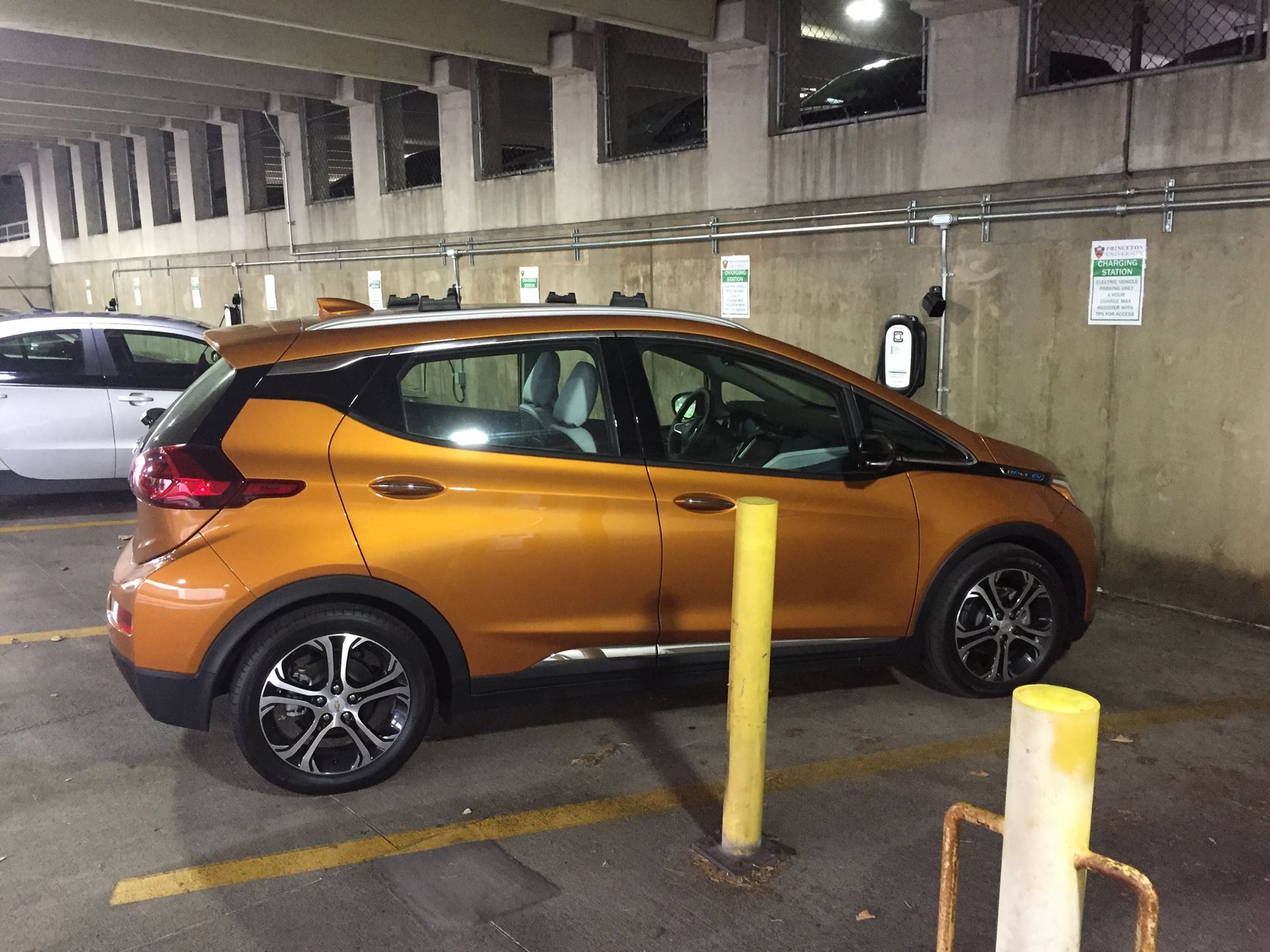
NYC-NJ-PA megacities
We have recently acquired an all-electric vehicle as the basis for our latest mobile laboratory, unique in that it produces no self-emissions that can influence measurements when driving at low speeds, such as often occur in cities. The system will explore greenhouse gas emissions and air quality at the local level. The focus will be on mapping at the street level in New York City, helping better understand the dynamics of pollution in large cities.
Time: 2017-2018
Location: New York City, New Jersey, and Pennsylvania
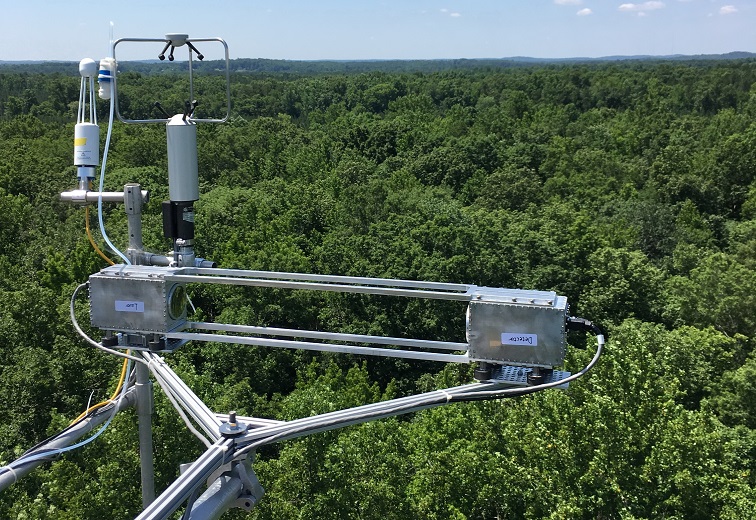
Duke Forest 2017
We developed and deployed two open-path sensors for eddy covariance measurements of ammonia at Duke Forest in summer 2017, in collaboration with EPA. One sensor sits on the top of a 42-meter tower to measure forest canopy fluxes, and the other is set up on a tripod at a nearby grass field. Together, these sensors will help us identify the sources and sinks of gas-phase ammonia and understand its deposition in natural forests.
Time: summer 2017
Location: Duke Forest, North Carolina
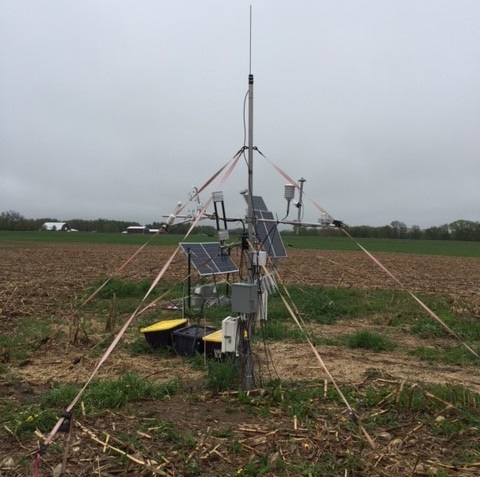
Nitrous oxide flux measurements: Kellogg Biological Station
Our open-path, QCL based nitrous oxide and carbon monoxide sensor system was field tested to perform N2O emission flux measurements both with a static flux chamber and on an eddy covariance (EC) flux tower in a corn field, in collaboration with the Kellogg Biological Station at Michigan State University. Overall, our sensor showed a good performance with both static chamber measurement and EC flux measurements of N2O.
Time: June 2012; summer 2016 and 2017
Location: Michigan State University
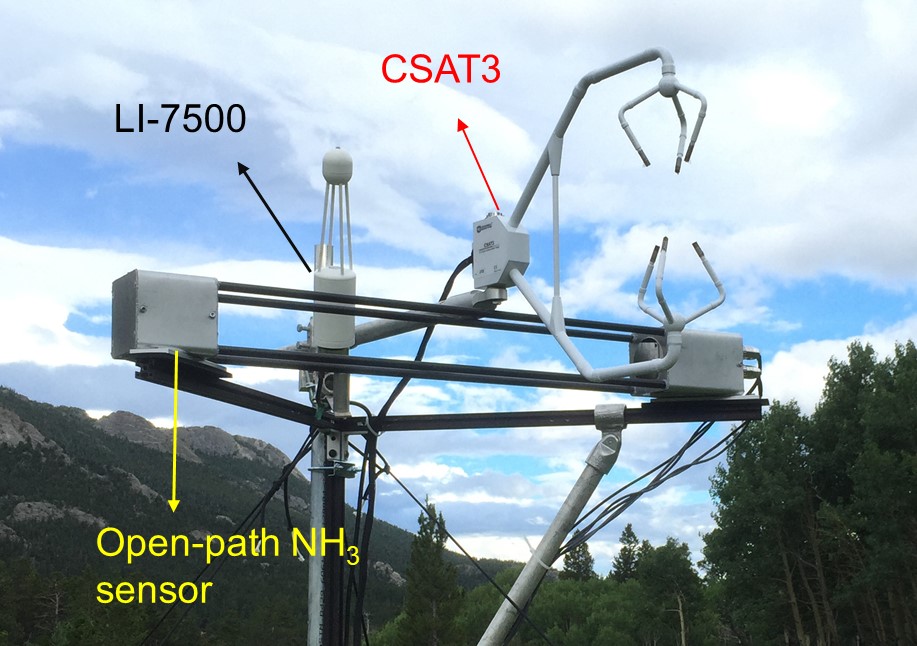
Rocky Mountain National Park Study
The Rocky Mountain National Park (RMNP) is one of the most visited national park in the U.S. not only for its magnificent mountains but also for the tundra, the forests, and the wildlife. These unique resources of the park however are at risk from excess of nitrogen deposition. To constrain the spatial and temporal characteristics of NH3 flux, deployed our open-path QCL-based NH3 flux at a site in the RMNP in 2015 and 2016. Interesting patterns of NH3 fluxes and NH3 concentration variations were observed, such as deposition of NH3 associated plumes from urban and agricultural areas and reemission of a similar magnitude when clean free-tropospheric air passing the site.
Time: 2015 and 2016
Location: Colorado
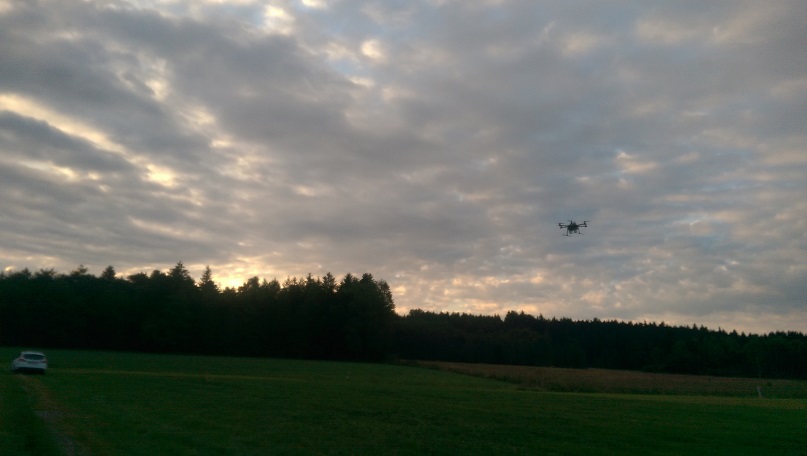
ScaleX 2016
ScaleX is a collaborative field campaign focused on understanding boundary layer processes across space and time scales. Research focused on a heavily instrumented field site with supporting modeling efforts. We participated in the trace gas distribution working group, including the 2016 campaign focused on the nocturnal boundary layer. More information about ScaleX can be read here.
Time: July 2016
Location: Fendt, Germany
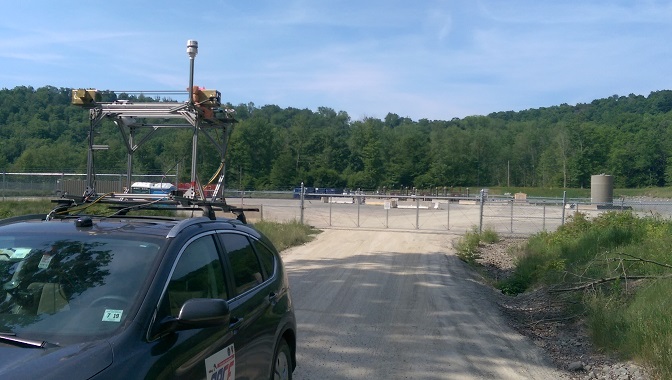
Methane from the Marcellus Shale
Zondlo-group led campaign studying the distribution of methane emissions from gas production wells in the Marcellus Shale using mobile laboratory, tower, and large eddy simulation modeling. Approximately 1000 well sites were targeted for measurement and quantification. The campaign also studied uncertainty in using an inverse Gaussian methodology. Sponsored by NOAA.
Time: 2015-2016
Location: Pennsylvania
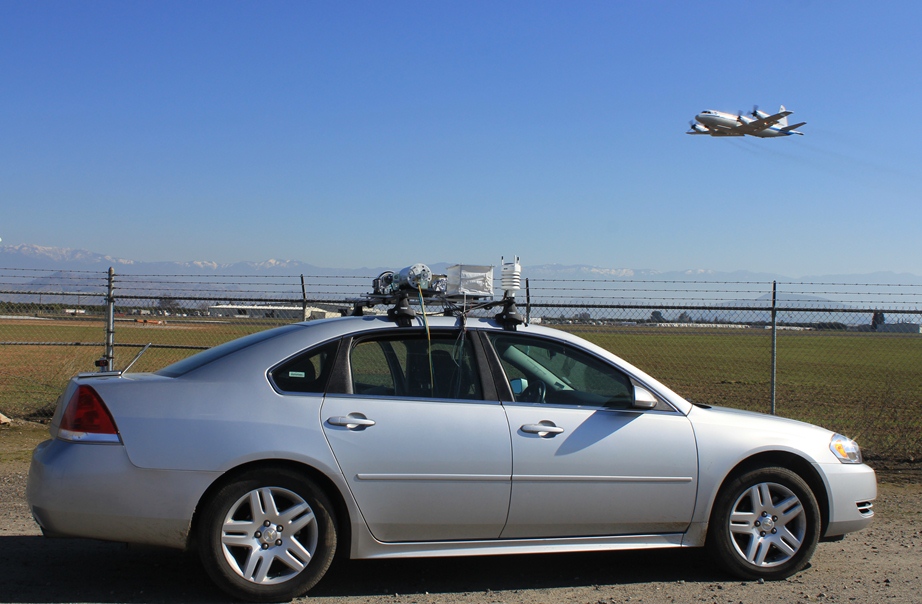
Mobile platform comparison with aircraft during missed approach in January 2013 as part of NASA DISCOVER-AQ field campaign.
NASA DISCOVER-AQ 2013 and 2014
The NASA DISCOVER-AQ mission aims to understand surface air quality in the Central Valley, California to make better air quality forecasts with Earth-observing satellites. Our mobile platform characterized the spatial distribution of six trace gases with high resolution measurements from open-path sensors mounted on a vehicle. The multi-gas approach is advantageous to separate different emission sources and can be compared with aircraft measurements and satellite retrievals. Click here to learn more about DISCOVER-AQ.
Time: January-February 2013, July-August 2014
Location: Central Valley, California (2013), North Front Range, Colorado (2014)
CARE-BEIJING NCP 2013 and 2014: Beijing, China
We deployed our open-path mobile sensing platform on a Honda CRV and performed on-road measurements in Beijing, China and the North China Plain in collaboration with the College of Environmental Science and Engineering, Peking University. Based what we observed in our 2013 CARE-BEIJING campaign, we focused on CH4 emissions from vehicles, spatial and temporal distribution of CH4 in NCP, and ammonia emissions from agricultural sources in NCP during 2014's CARE-BEIJING.
Time: June 2013
Location: Beijing, China
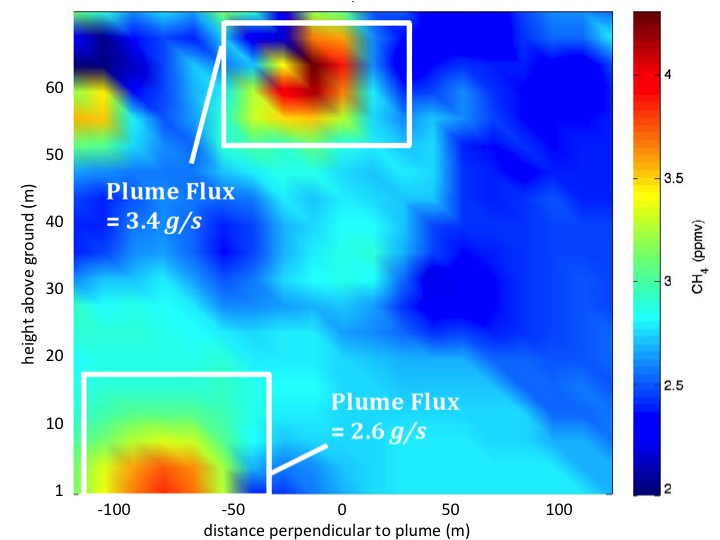
EDF Barnett Coordinated Campaign 2013: Texas
We are deploying a compact, low power, high precision methane sensor on remote controlled aircraft (UT Dallas) to quantify methane leaks from unconventional gas and oil extraction (fracking).
Time: October 2013
Location: Barnett Shale Region, Texas
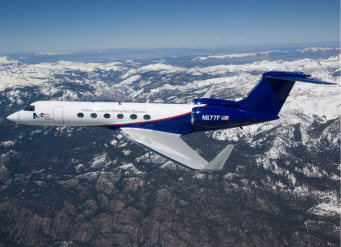
NSF Deep Convection, Clouds, and Chemistry (DC3): Interior North America
DC3 is exploring how deep convection influences the chemistry of the upper troposphere through rapid vertical ascent of boundary layer air into the extratropical tropopause region. Outflow of deep convection can also produce supersaturated regions. DC3 will examine the transport and evolution of deep convection over North America. Click here to learn more about DC3.
Time: May-June 2012
Location: Interior North America
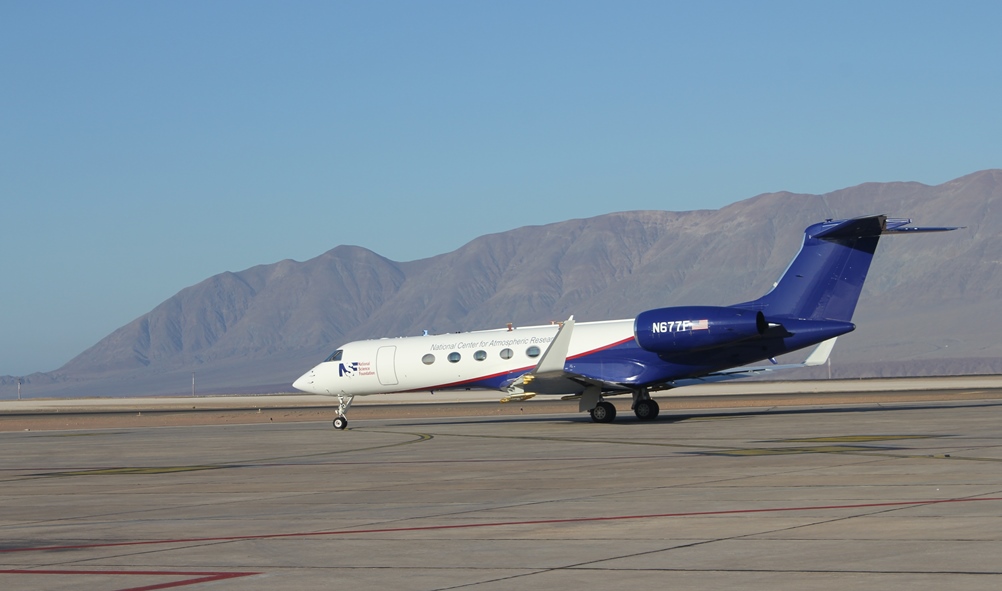
TORERO 2012: Costa Rica
TORERO explored fast chemistry in the upper troposphere over the eastern, tropical Atlantic and the transport of water vapor to this region from deep convection. The observations on the NSF G-V will be compared to other tropical datasets including PREDICT and HIPPO. Click here to learn more about TORERO.
Time: January-February 2012
Location: Costa Rica
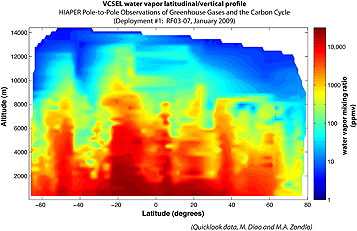
NSF HIAPER Pole-to-Pole Observations of Greenhouse Gases 2009-2011
HIPPO is providing the most comprehensive picture of greenhouse gases in extremely fine resolution from the Antarctic to the Arctic, from the surface to the stratosphere, and five times over the course of an annual cycle. New insights into ice supersaturation, the global distribution of water vapor, and factors that drive relative humidity in the atmosphere are being discovered, along with other measurements of other greenhouse gases and pollutants that will be used to constrain emission/transport models. Visit hippo.ucar.edu for more information.
Time: 2009-2011
Location: Arctic to Antarctic over Pacific Ocean
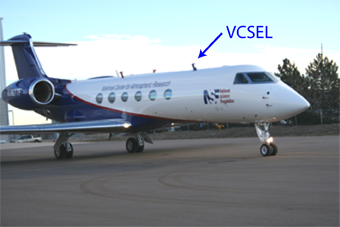
PREDICT 2010: Atlantic Basin
The VCSEL hygrometer was installed on the NSF G-V plane for the PRE-Depression Investigation of Cloud-systems in the Tropics (PREDICT) field experiment. The PREDICT Campaign addressed questions on tropical cyclogenesis in the Atlantic basin during hurricane season. More information about the PREDICT campaign can be found on the PREDICT webpage.
Time: August-September 2010
Location: Atlantic Basin
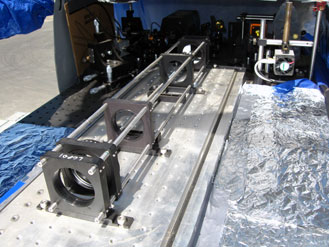
CALNEX 2010: Bakersfield, California
This campaign explored atmospheric measurements in CALifornia at the NEXus of air quality and climate change. The Zondlo group's prototype open path ammonia sensor was deployed for first-time field testing under adverse conditions (high temperatures and dusty conditions) at the ground supersite tower in Bakersfield, CA. Click here to learn more about CALNEX.
Time: May-June 2010
Location: Bakersfield, California

NSF Stratosphere-Troposphere Analyses of Regional Transport (START08)
This campaign examined the dynamics, chemistry, and microphysics of the extratropical tropopause. The Zondlo group measured water vapor on the NSF G-V and is currently examining ice supersaturations over North America from this campaign. More information here.
Time: April-June 2008
Location: North America